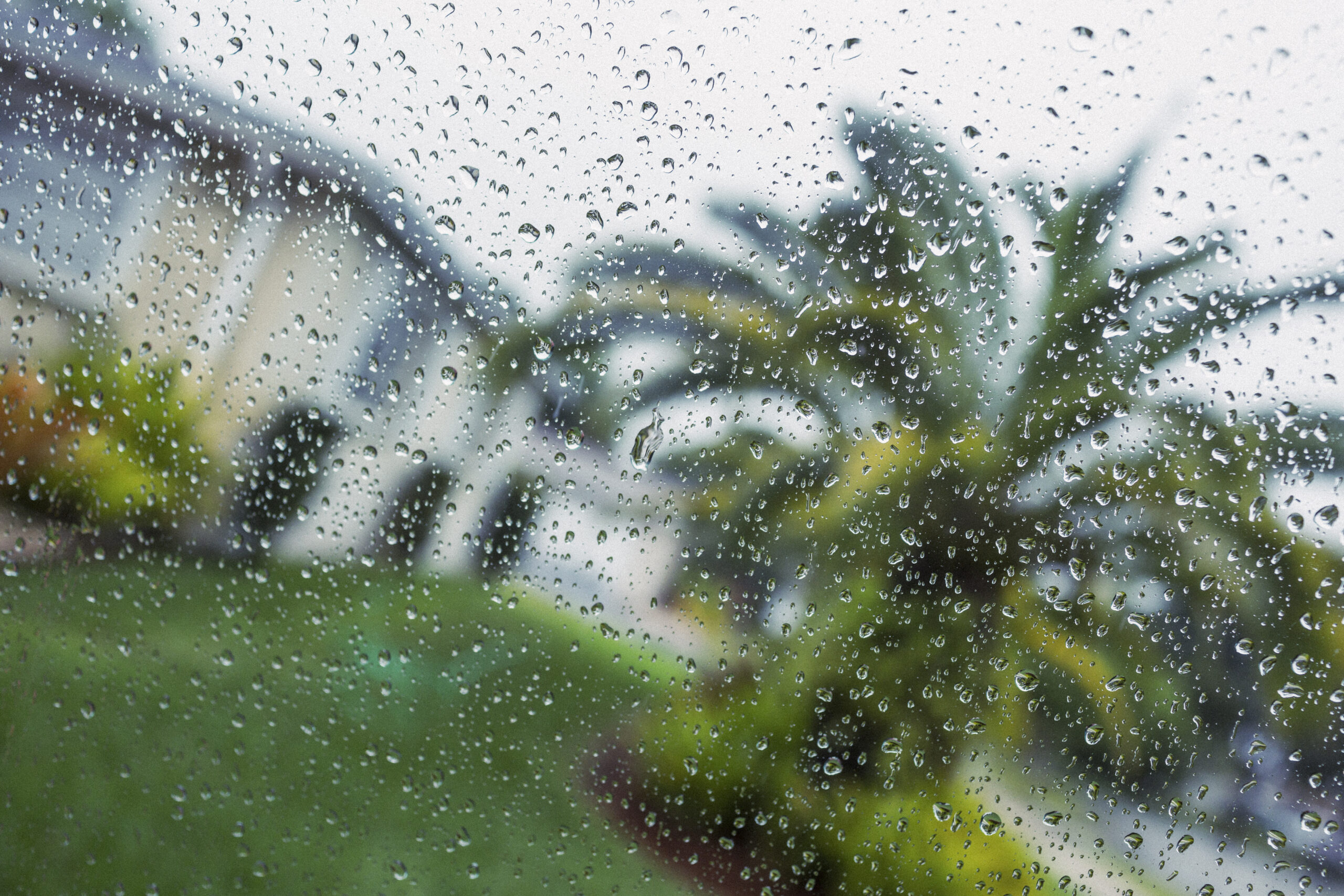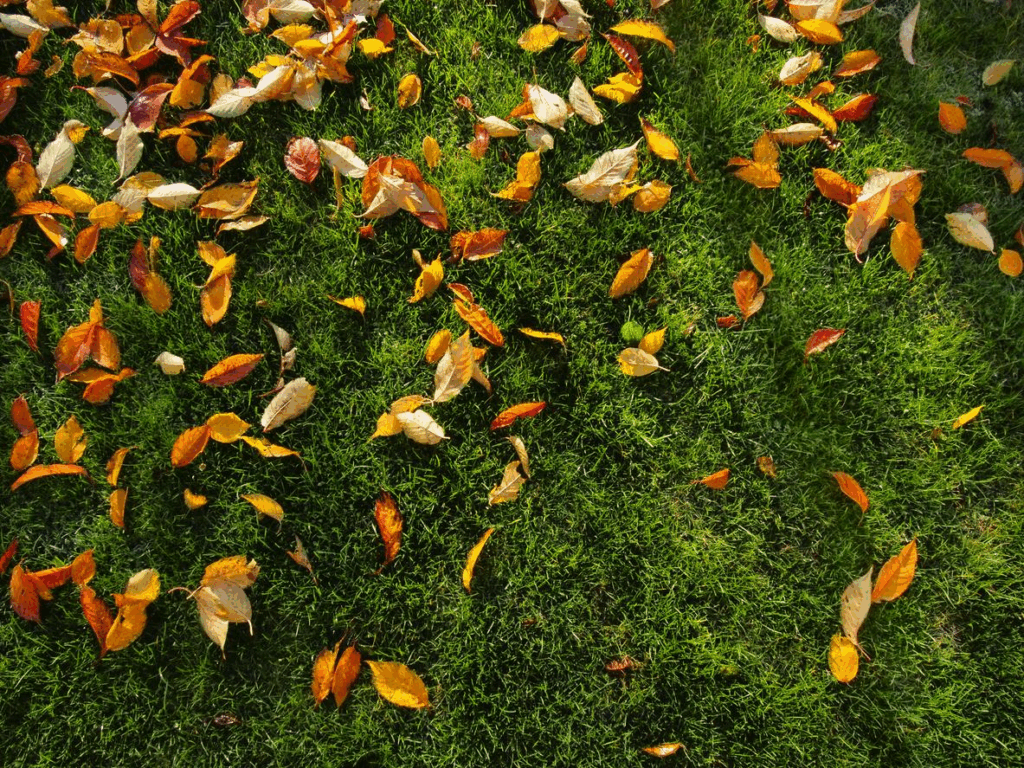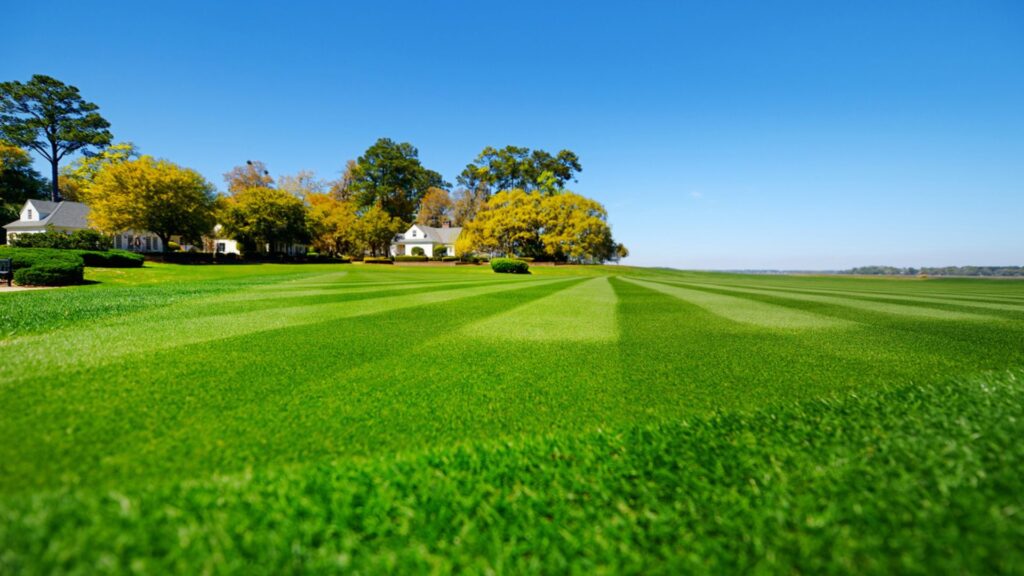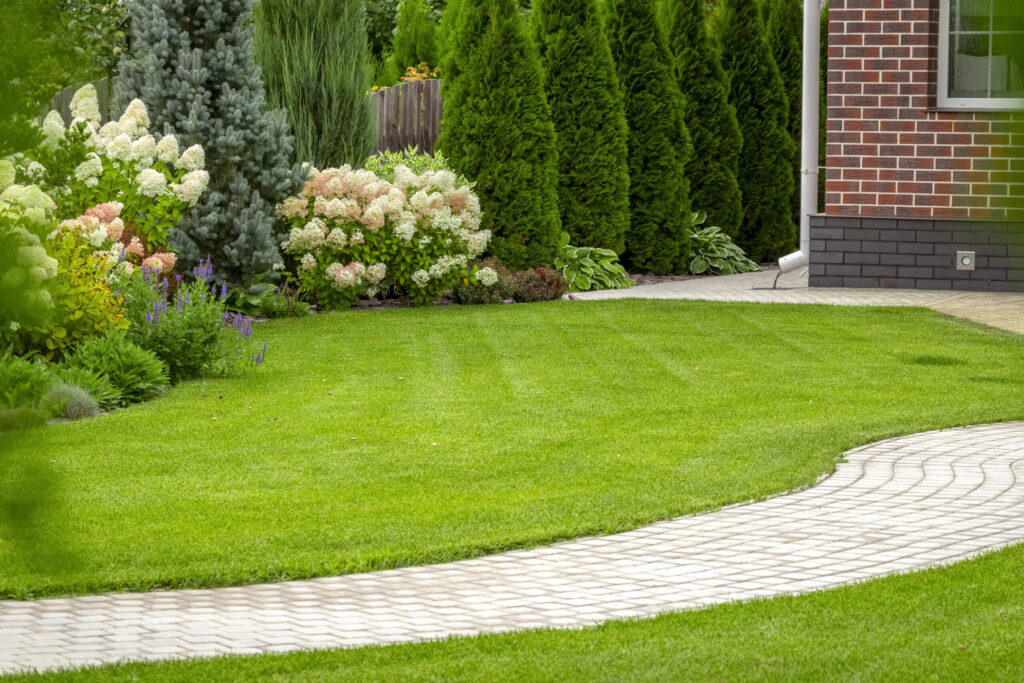Florida’s rainy season can be a blessing and a headache for homeowners. One minute, your lawn is soaking up all the moisture it needs to thrive; the next, it’s struggling under too much water. Preparing your grass for the months of heavy rainfall means keeping roots healthy, preventing erosion, and tackling the weeds that thrive in wet weather.
You can enjoy a lush, green lawn without worrying about waterlogged patches or turf disease with the right care. At Lawn Squad®, we help homeowners stay ahead of the storm with reliable lawn care services designed to keep your yard looking great even when the rain won’t quit.
Getting Fertilization Right Before the Rain Hits
April usually marks a turning point for lawns across South Florida. Temperatures start climbing, and the humidity in the air gives grass the push it needs to grow. However, the approaching rainy season brings the potential to strain your lawn’s roots if they’re not ready. For warm-season grasses like St. Augustine in South Florida, April can be a great time to fertilize — once the grass is actively growing and soil temperatures consistently stay above 65°F.
The timing matters because the warmer weather encourages active growth. Fertilizer gives your lawn a nutrient boost that helps roots stay strong even as rain picks up. It’s like giving your grass a full meal before a busy day. The grass has time to soak up nitrogen, potassium, and other essential nutrients without having them washed away by heavy rain. When you fertilize too late, runoff can carry away all those benefits before your lawn can use them.
Using the right fertilizer mix can also make a difference. Choose one that’s appropriate for your grass type and local climate. In South Florida, warm-season grasses such as St. Augustine, Bermuda, and Zoysia respond well to balanced fertilizers containing slow-release nitrogen. The slow-release variety works well because it provides a steady supply of nutrients rather than overwhelming the soil all at once.
Keeping up with fertilization also prepares your lawn to withstand the challenges of excessive rain. Thick, healthy grass resists weed growth and keeps the soil stable during heavy downpours. Without that strength, your yard can become patchy or allow weeds to take over.
The Benefits of Pre-Emergent Weed Control
Few things take over a healthy lawn faster than moisture-loving weeds. During Florida’s rainy season, they grow quickly and spread aggressively. While mowing and pulling weeds can help in the short term, pre-emergent weed control offers a more effective, long-term solution.
Apply pre-emergent herbicides in early spring to stop weed seeds before they sprout, especially fast-spreading varieties like crabgrass and spurge that thrive in Florida’s humid weather. Unlike post-emergent products that only target visible growth, this proactive approach stops weeds like crabgrass and broadleaf varieties before they even break the surface.
Timing is everything. As soil temperatures rise and rainfall increases, dormant weed seeds get the moisture they need to sprout. Applying pre-emergent before the rains hit gives your lawn a head start in staying weed-free.
For best results, it’s important to apply the treatment evenly across your entire lawn. Missed areas can quickly become hotspots for weed growth. When paired with consistent mowing and fertilization, pre-emergent weed control helps your grass grow thick and strong, leaving little room for weeds to take hold, no matter how wet the season gets.
Managing Lawn Disease Before It Starts
Wet weather creates an environment for fungal diseases to spread. When moisture remains on grass blades for extended periods, it invites problems such as brown patch, dollar spot, and Pythium blight. The trouble starts when excess moisture suffocates the roots or when thatch holds water at the surface.
Preventing disease begins with understanding how your lawn’s environment contributes to fungal growth. Poor drainage, compacted soil, and thatch buildup all create areas where water lingers. Keeping the yard healthy means addressing these conditions before the rainy season makes them worse.
Aeration can help by loosening the soil, allowing air and water to move freely to the roots. Core aeration is especially useful if your lawn feels dense or has trouble absorbing water. Removing small plugs of soil gives the grass room to breathe and absorb moisture.
Another approach to preventing fungal diseases involves selecting grass types that naturally resist them. In South Florida, warm-season grasses tend to handle wet conditions better than cool-season varieties. However, even the toughest lawns need extra care when the rain picks up.
If your lawn has a history of fungal issues during the rainy season, applying a preventative fungicide may help. For most lawns, though, disease can often be prevented through proper mowing and drainage. It’s about creating a protective barrier rather than waiting until you see symptoms.
Proper mowing practices also play a role in keeping disease away. Cutting the grass too short stresses the roots and exposes more of the plant to moisture. Leaving it slightly longer helps shade the soil and prevent the quick spread of fungal growth. Finding that balance between cutting enough to keep the lawn tidy and leaving enough to protect it makes a noticeable difference.
Avoiding Lawn Flooding During Heavy Rains
Florida’s rainy season doesn’t just bring steady rain; it often includes heavy downpours that overwhelm the ground. Grass can only absorb so much water at once, which means standing water becomes a real concern. While it’s not always possible to prevent pooling, taking steps to improve drainage helps your lawn stay healthy.
Checking the slope of your yard is a good place to start. Water should flow away from your house and out toward storm drains or natural drainage areas. If you notice puddles that stick around long after the rain stops, that’s a sign the slope needs adjustment. Adding drainage systems can make a big difference.
French drains, dry wells, or shallow trenches can help redirect water away from low-lying areas. These options work well when you’re dealing with consistent trouble spots that tend to flood during every heavy rain. You can also improve drainage by using aeration techniques or adding sand to the soil to increase permeability.
Preparing for Weeds and Pests After Rain
Excess rain encourages growth from more than just grass. Weeds and pests also thrive in moist conditions, especially if your lawn struggles to recover after heavy rainfall. You may notice new weeds appearing in bare patches or insects taking advantage of standing water.
Tackling the problem starts by making sure your grass stays healthy. Fertilization and pre-emergent weed control create a strong foundation that helps your lawn resist pests and unwanted growth. Checking for damage after a rainstorm can reveal areas that need attention before pests move in.
If you notice signs of insect activity, treating the problem promptly helps prevent further damage. Chinch bugs, mole crickets, and sod webworms often show up when grass stays wet. Using insecticides or natural remedies, depending on your preference, makes it easier to keep pests in check. Taking care of your lawn before and during Florida’s rainy season makes a noticeable difference.
Beautify Your Lawn Today
Florida’s rainy season doesn’t have to leave your lawn struggling. Lawn Squad® offers the expertise and services you need to keep your grass healthy regardless of the weather. We also offer weed control, lawn fertilization, lawn pest control, and other lawn services to keep your lawn healthy year-round. Call us today to learn more about our customized lawn care plans.





